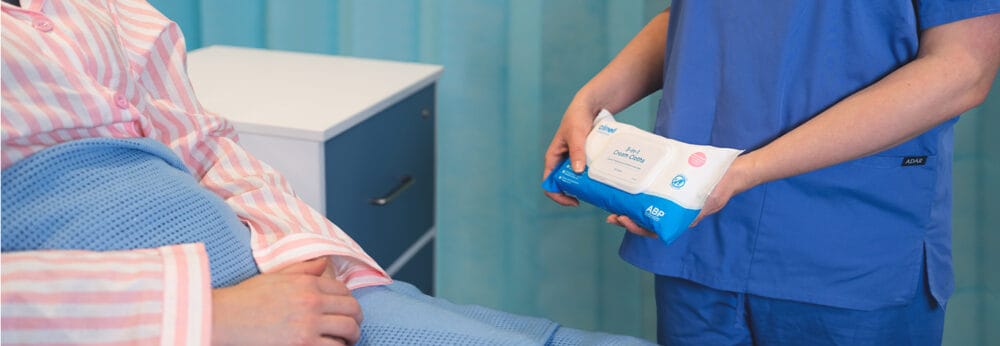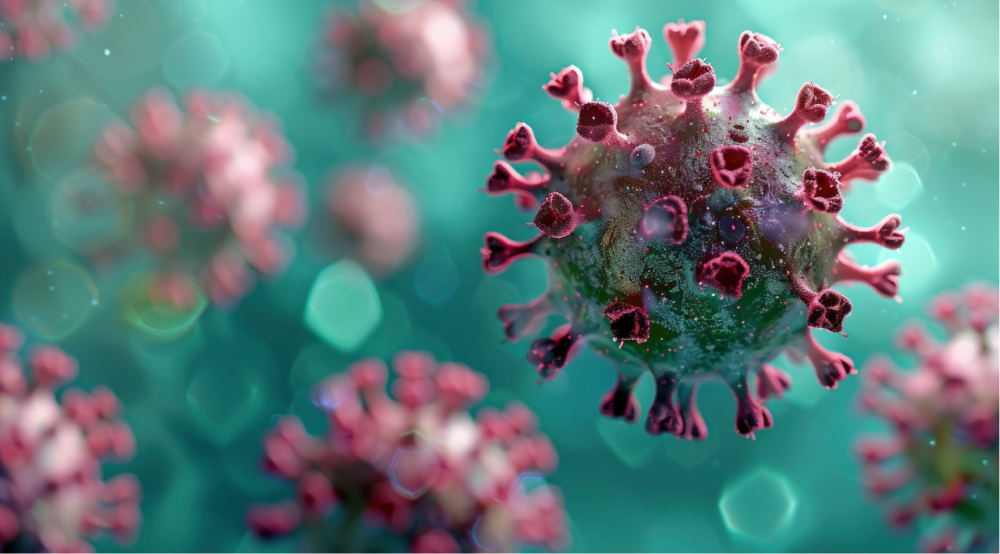Posted
18th December 2017
Research
A useful summary of current evidence highlights what healthcare workers should know about environmental contamination in hospitals. Whilst the focus of the article in the ICU, the principles are the same for healthcare workers in other settings too. Bacteria contaminate the inanimate environment; this contributes to patient acquisition of pathogens; biofilms play an important but uncertain role; and improved disinfection methods are now warranted.
Bacterial contamination
Key pathogens are shed into the hospital environment. This included MRSA, VRE, C. difficile spores, resistant Gram-negative bacteria (especially Acinetobacter baumannii), and other microbes including fungi and viruses. If not actively killed or removed, they can survive for months and months (or decades in the case of spores). Patients with symptoms tend to shed more than patients who are colonised only, but even asymptomatic carriers shed into the hospital environment. The environmental sites that are closest to patients tend to be more heavily contaminated; and this can result in the acquisition of pathogens on the hands of healthcare workers.
Clinical impact
For many years, the scientific community questioned whether all this environmental contamination was cause or effect of patient infection and colonisation with these hospital pathogens. The most powerful evidence that environmental contamination is a cause of HCAI comes from the epidemiological findings that patients admitted to rooms previously occupied by patients with a hospital pathogen are roughly twice as likely to acquire these pathogens. Furthermore, improving the effectiveness of hospital cleaning and disinfection mitigates this increased risk, reinforcing that environmental contamination has important clinical impact.
Biofilms lurking
A few years ago, biofilms were first identified on dry hospital surfaces. This was a surprise: previously biofilms had been associated with the wet surfaces in aqueous environments (e.g. ships hulls and teeth)! This finding has important implications: biofilms could explain the extraordinarily long survival time of non-spore forming bacteria on dry hospital surfaces, and why they are so difficult to kill. Bacteria embedded in biofilms can be hundreds or even thousands of times less susceptible to disinfectants.
Improved disinfection
All of this argues for improved disinfection. There’s a lot that we can do to improve the efficacy of existing materials and methods. For example, using fluorescent markers can help to highlight areas that are not being cleaned effectively. Pre-impregnated disinfectant wipes are a useful innovation, making cleaning faster, more convenient, safer for staff, and reducing the risk of incorrectly formulated disinfectants being used. And automated room disinfection systems (such as those based on hydrogen peroxide and UVC) have been shown to achieve higher levels of surface hygiene than conventional methods, which translates into improved patient outcomes.
SHARE THIS ARTICLE
Tags
Latest News
Advancing Continence Care with Clinell Contiplan: Expanded Indications, Pathways and Proven Outcomes
This World Continence Week, Clinell Contiplan 3-in-1 Cream Cloths introduce…
Celebrating 20 Years of GAMA Healthcare: Our Story
This month, GAMA Healthcare celebrates 20 years of helping prevent…
Norovirus and gastroenteritis outbreaks, the party ‘pooper’ you don’t want invited!
Recently, on 11 October 2024, NSW Health issued a health…
Clean Between to Reduce Healthcare-Associated Infections
Healthcare-associated infections (HAIs) are a significant concern for healthcare facilities…



